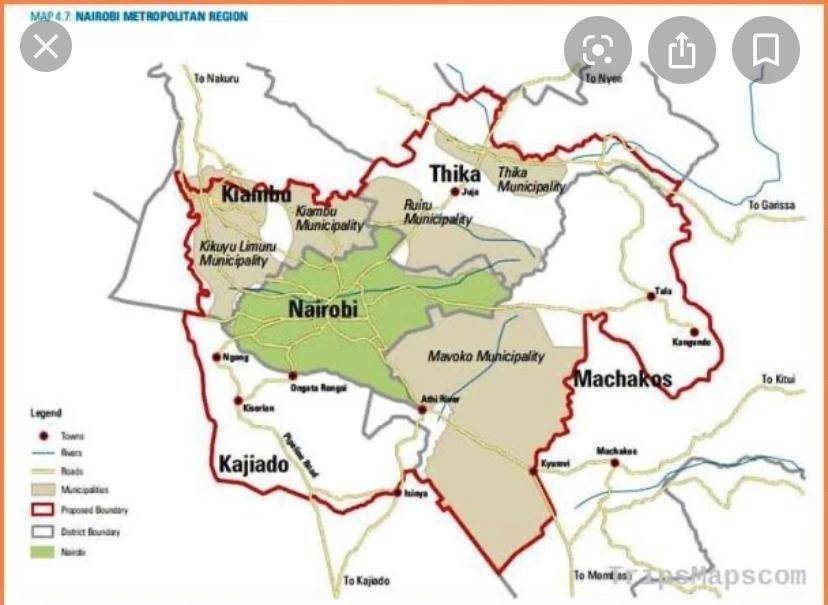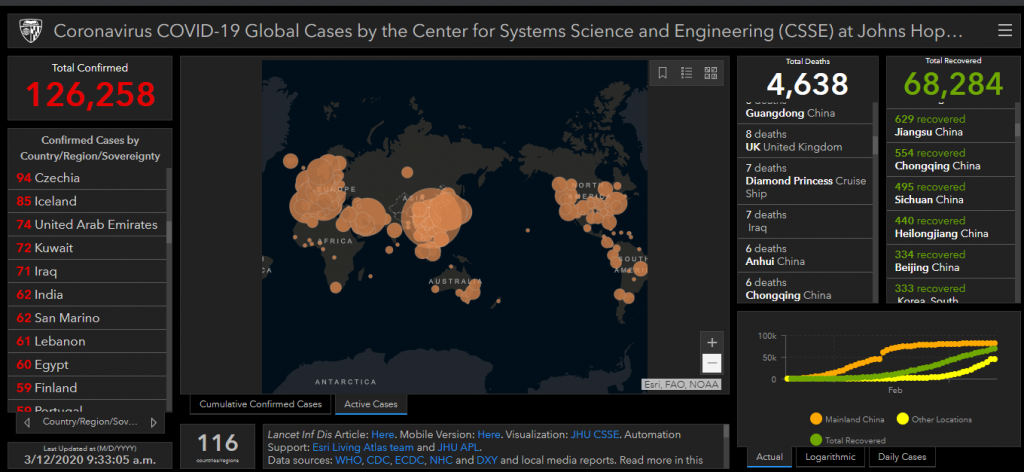The first case of the dreaded COVID-19 virus was confirmed on Friday, 13 March 2020. The victim is a Kenyan Citizen who travelled back from Nairobi, via London on 5th March.
Here are the main events that have occurred since then:
13th March – Confirmed Coronavirus Reports in Kenya
The Cabinet Secretary of Health, Mutahi Kagwe said that they have traced all the passengers and all the people that Patient zero came into contact with. As a response to this, the government suspended public events, meetings and crusades.
A few days later, 2 more cases were reported and President Uhuru Kenyatta ordered that primary schools, high schools and universities should be closed as from 16th March 2020. The government urged public transport providers to provide sanitizers to all the commuters.
25th March – Suspension of All International Flights
All international flight in and out of Kenya were suspended. The Health CS warns merchants not to take advantage of the current situations to profit themselves.
This is not the time to make abnormal profits by charging abnormal prices for medicine, goods and services. It will be immoral for anyone to take advantage for a situation like this one – Mutahi Kagwe
26th March – First COVID-19 Related Death
The patient who succumbed to the virus was a 66-year-old man who had been diagnosed with diabetes. He had been admitted at Agha Khan Hospital’s ICU.
“We have received the sad news of the death of the first patient who had tested positive for Coronavirus,” said Health Secretary Mutahi Kagwe in a statement released on the evening of 26th March.
2nd April – Government Confirms 3 People Have So Far Died
6th April – Nairobi Metropolitan, Mombasa, Kwale and Kilifi On Movement Cessation
Below is a map of Nairobi metropolis to help you understand the borders:


Map of Nairobi Metropolis | Image Courtesy Twitter
Track and Trace The Spread of Coronavirus with These Sites and Maps


Currently, there are a number of apps, websites and maps out there. As much as there are some out there that aren’t as legit, a number are proving to be quite useful.
Note: There are a number of fake dashboards that look virtually identical to the real ones below. They are designed to infect your computer with malicious files. You can find more information here. Where possible, stick to the ones we’ve linked below. The Johns Hopkins and WHO dashboards come directly from their websites. Check the URLs of the dashboards to ensure you’re not using a lookalike. As always, never download anything from an unfamiliar site when prompted to.
- Johns Hopkins University – The map itself seems pretty accurate showcasing numbers of confirmed cases and deaths in every country. All you have to do is click/tap on one of the circles to get the info.
- HealthMap – If you are looking for a visually pleasing site with a good dark mode that still provides the right info then this map is for you.
- Microsoft COVID-19 Tracker – The dashboard might look like others out there, but the difference is that this one is more mobile-friendly.
Before you forward anything you receive on WhatsApp, Facebook, Twitter or any other social media website, take time to research whether it’s true. Simply using Google can help you cut the cycle of fake news.
Here’s what you need to know about Coronavirus fake news in Kenya and how to fight it.
Videos To Help You Tackle COVID-19
How to stay safe:
How To Clean Your Devices:
CHECK OUT OUR COVID-19 COVERAGE HERE

[…] taking place throughout the globe. It’s much more very important now that now we have the first case confirmed in Kenya. A number of organisations just like the WHO have websites and dashboards actively updating on each […]